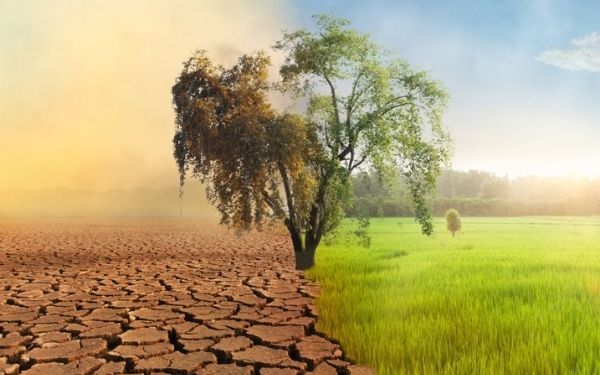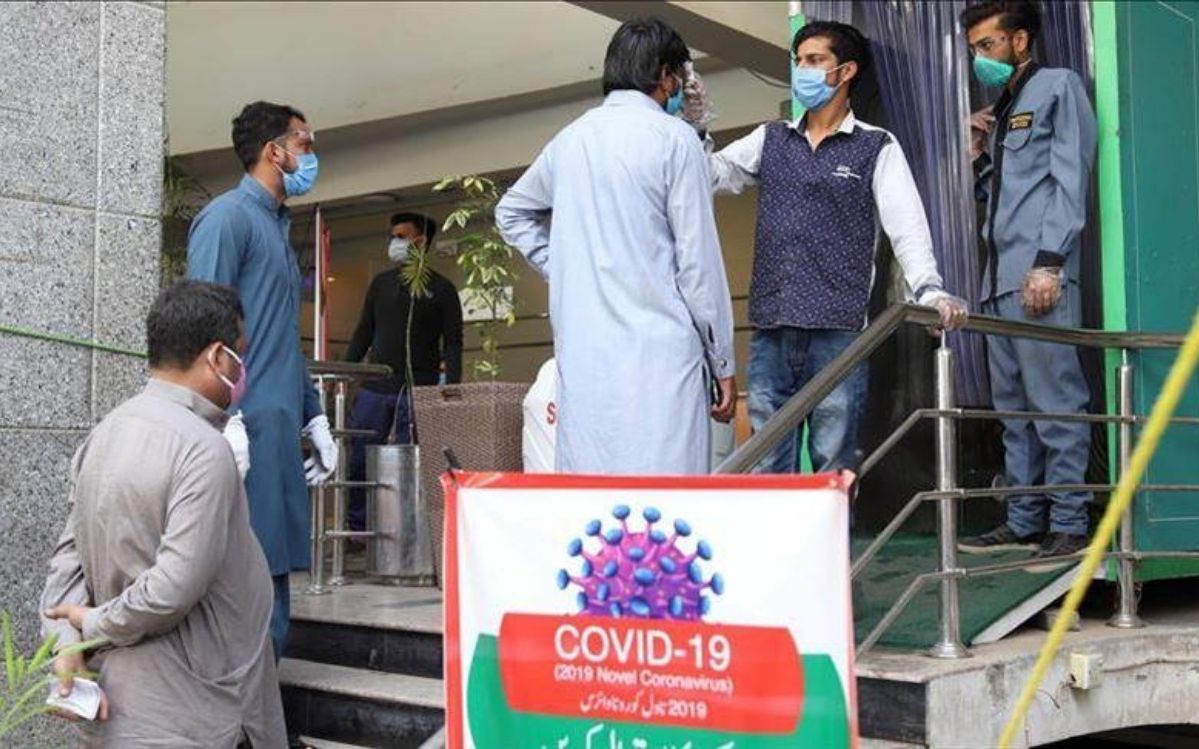Over the centuries, the endeavor to make this planet a better space to live has been the utmost priority of mankind. Human beings, in all historical ages, have strived to discover ways for their safety and survival. Numerous strategies were exercised including the implementation of various laws to make sure everybody follows rules and regulations and nobody faces discrimination. Fast forward to the 21st century, the world appears to be a civilized, developed and modernized space to a great extent when compared to the early ages.
World Statistics
Today the female population all over the globe is approximated to be 49.6% of the total world population [1]. Despite constituting a major chunk of the whole lot, women still face discrimination based solely on their sexuality. Each day, thousands of women report assault and harassment cases. UNICEF reports that the every third woman in the world has undergone physical violence. The same platform also revealed that over fifteen million young teenage girls have had been raped [2]. According to a study published by the World Health Organization in 2013, 35% of females underwent violence at some point in time, either physical or sexual, by their intimate partners [3]. Street harassment has also a well-known concern for all the females. According to a study of 2000 women, almost 65% had undergone one or the other form of street harassment [4].
Rape, an agonizing form of physical violence, is also being increasingly reported in various parts of the world, however, most of the rape cases go unreported due to various reasons. In the United States, the average number of rape victims recorded annually is 433,648, all of which are older than 12 years of age [5]. By the end of the 20th century, an approximate of 17.7 million females in the US underwent rape or attempt of rape [6, 7]. Additionally, another major safety concern for women worldwide is femicide. Femicide refers to the targeted and intentional killing of women and girls based on hatred and systemic gender discrimination [8].
Statistics of Pakistan
In Pakistan, the percentage of female population rose from 46.4 to 48.5 percent over the last several decades. Despite the increase, females lack access to some basic human rights in the country [1]. Women experience sexual assault at various public places, including streets, workplaces and even educational institutes.
In a survey conducted in 2008, seventy percent of the participants stated that they had faced domestic violence by their intimate partners or close family members [9]. The rape incidences in Pakistan often go unreported as the survivor faces huge amounts of hatred, shame and harassment rather than support. Another major reason of why rape goes unreported is the culture of Pakistan, in which sex is considered as a taboo and no one dares to talk about it openly. Sex education has always been a topic of dispute as people consider such discussion to be unethical and a private matter. Henceforth, the price is payed by the victims. An estimate suggests that every two hours a woman is raped. Another study revealed that approximately 72% of women held in state custody are abused either sexually or physically [10].
In Pakistan, the statistics of female-targeted violence are disturbing. Femicide has long been practiced. During the year 1999, a total of one thousand women were murdered, majority being a direct target of domestic abuse. In Pakistan, a simple justification provided for such killings is that the honor of the family was at stake. Thus thousands of honor killings cases are registered each year.
- worldbank.org. 2020. Population, Female (% Of Total Population) | Data. [online] Available at: <https://data.worldbank.org/indicator/SP.POP.TOTL.FE.ZS> [Accessed 16 September 2020].
- Alleman, P., Poulton, C., Lazovski, A. and Arnaud, C., 2020. 16 Actions For Girls’ And Women’S Safety In Emergencies – UNICEF Connect. [online] UNICEF Connect. Available at: <https://blogs.unicef.org/blog/16-actions-girls-womens-safety-emergencies/> [Accessed 16 September 2020].
- int. 2020. WHO | Global And Regional Estimates Of Violence Against Women. [online] Available at: <https://www.who.int/reproductivehealth/publications/violence/9789241564625/en/> [Accessed 16 September 2020].
- Stop Street Harassment. 2020. Statistics | Stop Street Harassment. [online] Available at: <http://www.stopstreetharassment.org/resources/statistics/> [Accessed 16 September 2020].
- Department of Justice, Office of Justice Programs, Bureau of Justice Statistics, National Crime Victimization Survey, 2018.
- National Institute of Justice & Centers for Disease Control & Prevention, Prevalence, Incidence and Consequences of Violence Against Women Survey (1998).
- org. 2020. Victims Of Sexual Violence: Statistics | RAINN. [online] Available at: <https://www.rainn.org/statistics/victims-sexual-violence> [Accessed 16 September 2020].
- United Nations Office on Drugs and Crime (2019). Global Study on Homicide 2019, p. 10.
- Iftikhar, Rukhsana (2019). “Break the Silence: Pakistani Women Facing Violence”. Journal of Political Studies (36): 63 – via Gale Academic OneFile.
- Goodwin, Jan (2002). Price of Honor: Muslim Women Lift the Veil of Silence on the Islamic World. Plume. p. 51.















0 Comments